Teaching swimming to children at Lang Son Provincial Military Swimming Pool.
Vietnam's progress and challenges
Recently, a series of tragic drowning accidents have occurred in many localities across the country. On July 22, in Hue City, a 5-year-old child residing in Phu Bai Ward died after slipping and falling into a water hole while catching snails with a group of friends. Previously, on July 15 in Ca Mau , two teenagers went swimming in a pond, one drowned because he could not swim, the other tried to save his friend but both died.
Particularly serious was the ship capsize that occurred in Ha Long Bay on July 19 when the Green Bay 58 ship, operating on route 2, suddenly encountered a large storm and capsized. Up to now, the accident has killed 37 people, 2 people are missing and 10 people were fortunately rescued. The incident shocked public opinion, not only because of the large number of casualties, but also because of the suddenness and severity of the natural disaster; at the same time, it raised the urgent need to fully equip passengers on water tourism vehicles with escape skills, as well as the need to teach survival skills underwater, especially for children.
According to statistics, on average, each year more than 2,000 children die from drowning nationwide, accounting for about 50% of all deaths due to injury accidents. Notably, more than 55% of deaths occur in children living in economically disadvantaged households, most concentrated in rural areas. Regarding the location of common accidents, 76.6% of children die from drowning in the community, 22.4% occur at home and only 1% in school grounds.
In response to the urgent need for drowning prevention, the Government has approved the Program to enhance education on knowledge and skills to prevent drowning for students in the period 2025-2035. According to the set goal, by 2030, 70% of students will be equipped with knowledge and practice skills to prevent drowning; this number will increase to 90% by 2035. In terms of facilities, by 2035, at least 30% of primary schools; 25% of secondary schools and high schools will have swimming pools (fixed or mobile) operating effectively; 70% of communes, wards and towns will have at least one swimming pool to serve the teaching of safe swimming for children and students in the area. Regarding the teaching staff, by 2030, each school will have at least 2 trained and certified teachers with full capacity to organize safe swimming lessons for students and reach a minimum of 3 teachers by 2035.
Ms. Jennifer Horton, Deputy Head of WHO Representative Office in Vietnam, commented: Since implementing the National Plan for Drowning Prevention in 2013, Vietnam has made significant progress. Vietnam is also among the few countries (26%) that have reported a multi-sectoral drowning prevention strategy in the global drowning prevention report. The Vietnamese Government has also approved the Child Accident and Injury Prevention Program for the 2021-2030 period, focusing on life skills education and building a safe community model, with the goal of reducing the number of children dying from drowning by 10% by 2025 and 20% by 2030. According to the WHO representative, up to now, thanks to the efforts of the Government and support from partners such as Bloomberg Philanthropies and the Global Health Advocacy Unit (GHAI), thousands of Vietnamese children have participated in swimming and water safety classes.
However, Ms. Jennifer Horton warned that the rate of reduction in drowning deaths in Vietnam has slowed down in recent years. Many children still die from drowning, especially in rural, mountainous and economically disadvantaged areas where they are often exposed to unsafe water environments.
Globally, the WHO representative said that since 2000, the death rate from drowning has decreased by 38%. This is very encouraging progress, but the reduction is still not fast enough to meet the Sustainable Development Goals. The sad reality is that although completely preventable, drowning remains a serious public health problem. Over the past decade, drowning has claimed the lives of more than 3 million people, mainly children and adolescents; notably, 9 out of 10 deaths occurred in low- and middle-income countries. Children without adult supervision are at particularly high risk of drowning.
The report on drowning in the Western Pacific region (with the participation of Vietnam) affirms that drowning is the leading cause of death in children under 15 years old, more than tuberculosis, HIV/AIDS, malnutrition, measles, meningitis, respiratory diseases, hepatitis, dengue fever and malaria combined. That is the reason why on World Drowning Prevention Day (July 25) this year, WHO calls on governments, organizations and the international community to continue to replicate effective drowning prevention activities that have been proven in practice.
Solutions that need to be replicated
Mr. Michael R. Bloomberg, founder of Bloomberg Philanthropies, said that progress in drowning prevention is entirely possible if the government coordinates closely with local organizations.
Dr. Caroline Lukaszyk, a technical officer at WHO, noted that school-age children should be equipped with swimming and water safety skills as a proactive measure to prevent drowning. In addition to basic swimming lessons, children need to be instructed in essential skills such as floating on water, how to calmly handle a slip and fall into water, safe rescue skills that do not endanger themselves, as well as initial first aid steps. Vietnam needs to build a complete and accurate drowning data system, from which to propose appropriate solutions for each target group.
According to Ms. Jennifer Horton, strong evidence from many countries shows that there are many effective, simple measures to prevent drowning that do not require high costs. Given Vietnam's unique geographical conditions with a long coastline and a dense network of rivers, lakes and dams, WHO recommends interventions at the government level including: Building protective fences around dangerous areas; arranging lifeguards at swimming pools and public beaches; universalizing rescue and first aid training for people; maintaining search and rescue forces; providing accessible and timely weather warnings to the community. "We need to replicate these measures to create a safe environment for everyone. We also need to carry out more communication activities on child drowning prevention, improving safety skills for both parents and children," Ms. Jennifer Horton emphasized.
At the family and individual levels, WHO experts note the proactive role in protecting children from the risk of drowning. Simple but very effective measures include: equipping children and adults with swimming skills; not leaving children alone near water, even for a short time; checking weather conditions before swimming or boating; using life jackets when participating in water activities. Wearing a life jacket will make a big difference in dangerous situations. For children aged 6-15, they need to be able to swim at least 25 meters, float for 90 seconds, and know how to tread water. This is the minimum distance and time for children to survive before being rescued.
Ms Horton stressed that the expansion of swimming programmes, public awareness raising and lifesaving training should be strengthened, not only at the national level but also at the local and community levels. Close coordination between stakeholders such as governments, international organisations, civil society and the media will be key to creating a safe living environment for children.
baotintuc.vn
Source: https://baolaocai.vn/ngay-the-gioi-phong-chong-duoi-nuoc-257-tu-nhan-thuc-den-hanh-dong-post649658.html


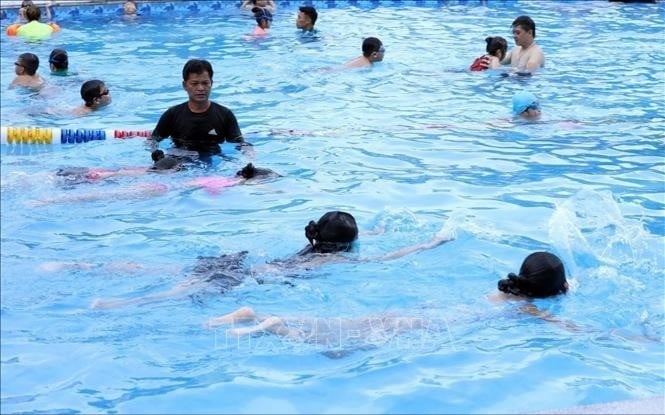

![[Photo] Prime Minister Pham Minh Chinh and his wife meet the Vietnamese community in Algeria](https://vphoto.vietnam.vn/thumb/1200x675/vietnam/resource/IMAGE/2025/11/19/1763510299099_1763510015166-jpg.webp)
![[Photo] General Secretary To Lam receives Slovakian Deputy Prime Minister and Minister of Defense Robert Kalinak](https://vphoto.vietnam.vn/thumb/1200x675/vietnam/resource/IMAGE/2025/11/18/1763467091441_a1-bnd-8261-6981-jpg.webp)


















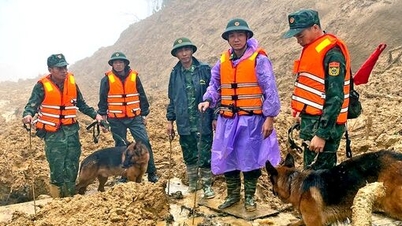

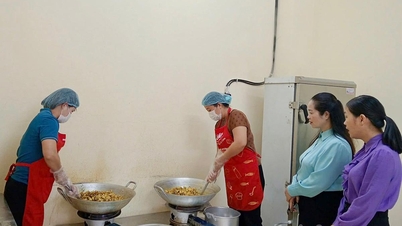

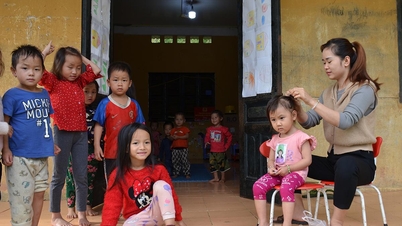







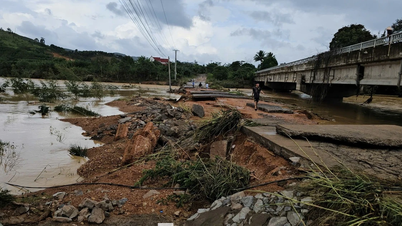























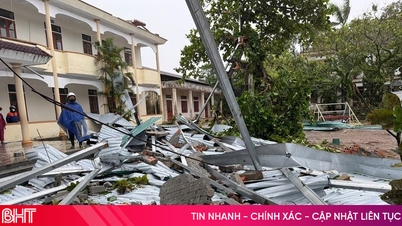











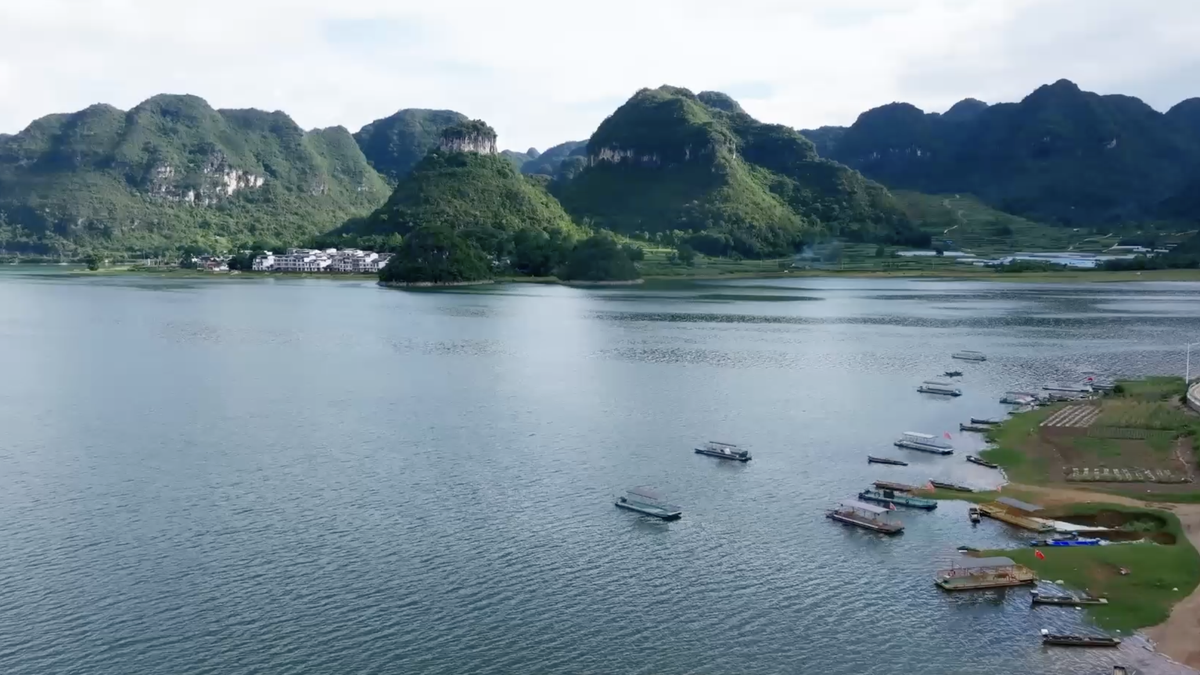









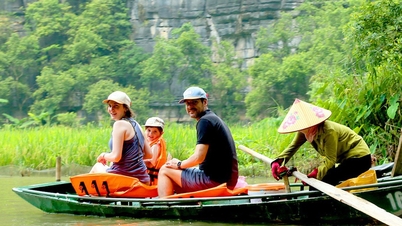
























Comment (0)